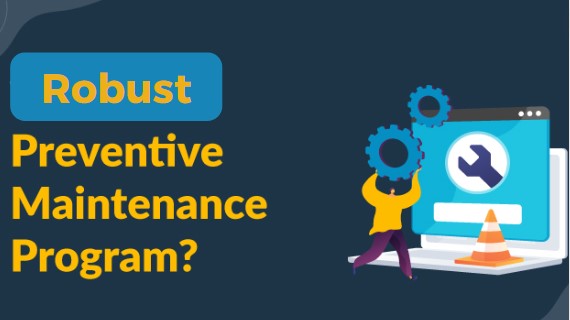
Implementing a Robust Preventive Maintenance Program
Madhurima Sanyal |
15 Mar 2024 |
11:26 AM
- Understanding Preventive Maintenance Programs
- What Is Preventive Maintenance?
- Getting Started with Preventive Maintenance Program
- Designing Your Preventive Maintenance Plan
- Choosing Your Preventive Maintenance Program KPIs
- The Different Types of Preventive Maintenance Tasks
- Benefits of Preventive Maintenance
- Understanding "Reactive" vs. "Preventive" Maintenance
- Steps to Build a Robust Preventive Maintenance Program
- Conclusion
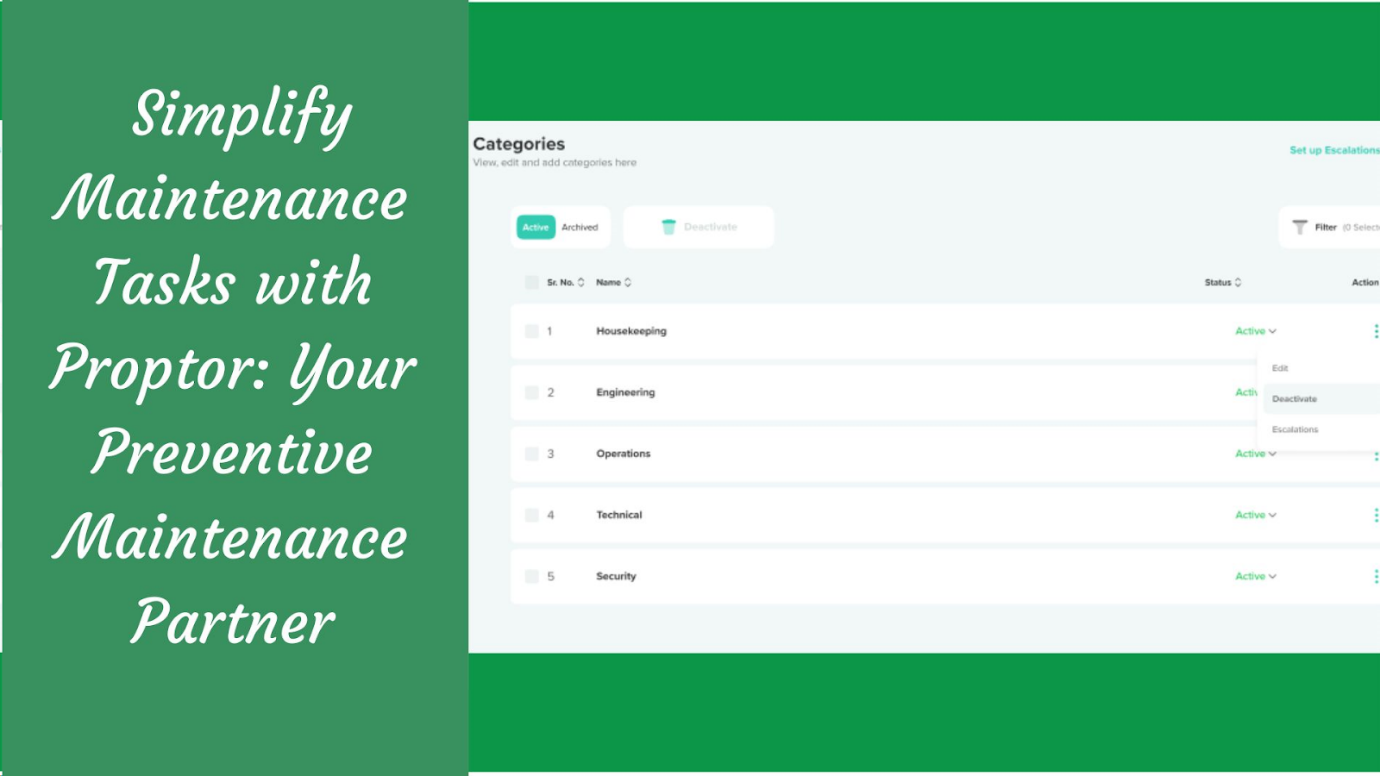
Simplify Maintenance Tasks with Proptor: Your Preventive Maintenance Partner
Shubham Vakharia 05 Jun 2024 | 10:00 AMDiscover how Proptor App streamlines preventive maintenance for property owners and managers, making it easier to schedule tasks, track costs, and ensure timely upkeep for your properties. Get started today! ...
Understanding Preventive Maintenance Programs
Preventive maintenance programs are systematic approaches to maintenance aimed at preventing equipment failure and minimizing downtime. By scheduling regular inspections, repairs, and upkeep tasks, businesses can address potential issues before they escalate into costly problems. These programs encompass a range of activities, from routine inspections to predictive maintenance techniques, all with the goal of maximizing asset reliability and longevity.
What Is Preventive Maintenance?
Preventive maintenance program refers to the proactive approach of regularly servicing equipment to prevent breakdowns and failures. Unlike reactive maintenance, which involves fixing problems after they occur, preventive maintenance focuses on preventing issues from arising in the first place. This proactive approach helps businesses avoid unexpected downtime, costly repairs, and disruptions to operations.
Importance of Preventive Maintenance
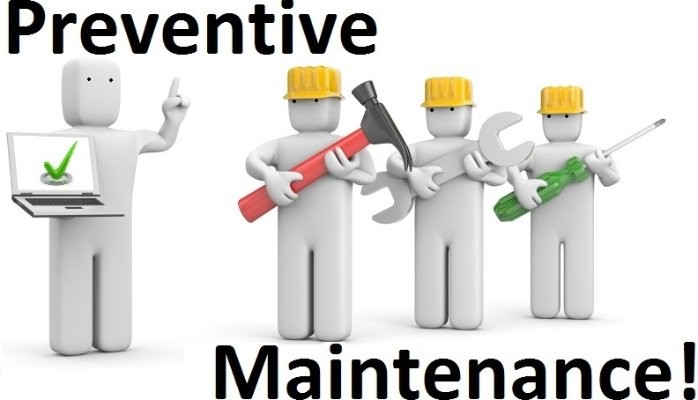
Implementing an effective preventive maintenance program is essential for several reasons. Firstly, it helps businesses maintain the efficiency and reliability of their assets, leading to increased productivity and profitability. Additionally, preventive maintenance can extend the lifespan of equipment, reducing the need for frequent replacements and saving on long-term costs. Moreover, by identifying and addressing potential issues early on, businesses can avoid costly emergency repairs and unplanned downtime, ensuring continuous operations and customer satisfaction.
Getting Started with Preventive Maintenance Program
Inventory Your Assets
To kickstart your journey towards implementing a robust preventive maintenance program, the first step is to inventory your assets comprehensively. This involves creating a detailed list of all equipment, machinery, and infrastructure that are critical to your operations. By cataloging your assets, you gain a clearer understanding of what needs to be maintained and the frequency of maintenance required for each item.
Establish Clear Goals
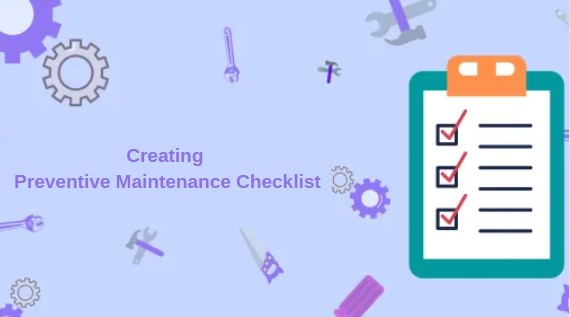
Once you have compiled your asset inventory, the next crucial step is to establish clear goals for your preventive maintenance program. These goals should align with your overall business objectives and include specific targets such as reducing downtime, minimizing repair costs, and improving asset reliability. Clear goals provide a roadmap for your maintenance efforts and help ensure that everyone involved is working towards the same objectives.
Conduct a Criticality Analysis
Conducting a criticality analysis is another essential aspect of getting started with preventive maintenance. This involves assessing the criticality of each asset to your operations and determining the potential impact of its failure. Assets that are deemed critical, such as production machinery or key infrastructure, should receive priority attention in your maintenance program to prevent costly disruptions to operations.
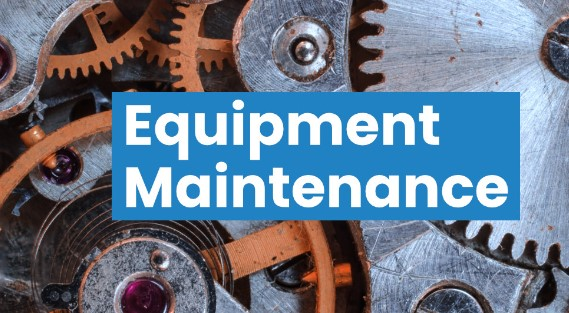
These initial steps provide valuable insights into your maintenance needs, priorities, and objectives, setting the stage for the successful implementation of preventive maintenance practices. With a solid foundation in place, you can proceed to design and execute a tailored maintenance plan that maximizes the reliability and performance of your critical assets.
Designing Your Preventive Maintenance Plan
What Should a Preventive Maintenance Plan Include?
A well-crafted preventive maintenance plan is the cornerstone of a successful maintenance program. It serves as a roadmap for ensuring the reliability and longevity of your critical assets. Here's what your preventive maintenance plan should include:
-
Scheduled Maintenance Tasks: Outline the specific maintenance tasks that need to be performed on each asset, including inspections, lubrication, calibration, and component replacements. These tasks should be based on equipment manufacturer recommendations, industry best practices, and historical performance data.
-
Maintenance Schedules: Establish a regular schedule for performing preventive maintenance task on each asset. Consider factors such as equipment usage, environmental conditions, and production schedules when determining the frequency of maintenance activities.
-
Resource Allocation: Identify the resources required to execute your preventive maintenance plan effectively, including personnel, tools, spare parts, and materials. Ensure that your maintenance team has the necessary training and support to carry out their tasks efficiently.
-
Documentation and Reporting: Implement a system for documenting all maintenance activities, including work orders, inspection reports, and equipment histories. This documentation provides valuable insights into asset performance, maintenance trends, and compliance with regulatory requirements.
Choosing Your Preventive Maintenance Program KPIs
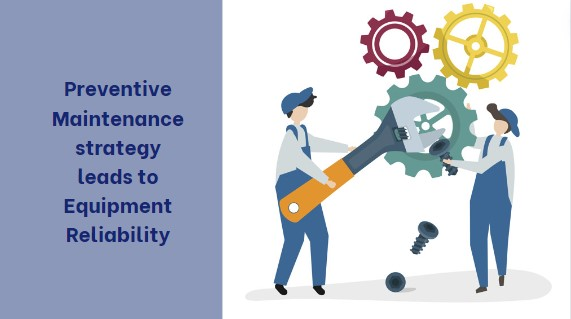
Key Performance Indicators (KPIs) are essential metrics used to measure the effectiveness of your preventive maintenance program. When choosing KPIs, consider the following factors:
-
Equipment Reliability: Track metrics such as Mean Time Between Failures (MTBF) and Mean Time to Repair (MTTR) to assess the reliability of your assets and identify opportunities for improvement.
-
Maintenance Costs: Monitor the costs associated with preventive maintenance activities, including labor, parts, and contractor fees, to ensure that your maintenance program remains cost-effective.
Common Preventive Maintenance Management KPIs
Some common KPIs used to evaluate preventive maintenance programs include:
-
Overall Equipment Effectiveness (OEE): Measures the productivity of equipment by accounting for availability, performance, and quality.
-
Scheduled Maintenance Compliance: Tracks the percentage of scheduled preventive maintenance tasks completed on time to gauge the effectiveness of your maintenance program.
The Different Types of Preventive Maintenance Tasks
Preventive maintenance tasks encompasses various approaches and strategies aimed at prolonging the lifespan and maximizing the efficiency of equipment and machinery. Understanding the different types of preventive maintenance tasks is crucial for designing an effective maintenance program tailored to your organization's needs. Here are some key distinctions:
Mandatory and Non-Mandatory Tasks
-
Mandatory Tasks: These are essential maintenance activities that must be performed regularly to ensure the safe and reliable operation of critical assets. Examples include routine inspections, lubrication, calibration, and safety checks. Failure to carry out mandatory tasks can lead to equipment failures, safety hazards, and costly downtime.
-
Non-Mandatory Tasks: While mandatory tasks are essential for asset reliability, non-mandatory tasks are optional activities that can further enhance equipment performance and longevity. These tasks may include predictive maintenance techniques such as vibration analysis, thermography, and oil analysis, which help identify potential issues before they escalate into major problems. Non-mandatory tasks allow organizations to proactively address emerging issues and optimize asset performance.
Pyramiding and Non-Pyramiding Tasks
-
Pyramiding Tasks: Pyramiding refers to the practice of bundling multiple maintenance tasks into a single work order or service event. This approach allows maintenance technicians to address several maintenance activities simultaneously, reducing downtime and maximizing efficiency. Pyramiding tasks can include inspections, lubrication, and minor repairs performed during scheduled maintenance intervals.
-
Non-Pyramiding Tasks: In contrast to pyramiding, non-pyramiding tasks involve addressing maintenance activities individually, with each task assigned its own work order or service event. While non-pyramiding tasks may require more time and resources to execute, they offer greater precision and flexibility in addressing specific maintenance needs. Non-pyramiding tasks are particularly suitable for complex or critical equipment that requires meticulous attention to detail.
Inspection and Task-Oriented Tasks
-
Inspection-Oriented Tasks: Inspection-oriented preventive maintenance focuses primarily on assessing the condition of equipment through visual inspections, sensor readings, and diagnostic tests. These tasks aim to identify signs of wear, damage, or malfunction that may indicate the need for corrective action. Inspection-oriented tasks play a crucial role in early fault detection and risk mitigation.
-
Task-Oriented Tasks: Task-oriented preventive maintenance involves performing specific maintenance activities based on predefined schedules or triggers. These tasks are proactive in nature and aim to prevent equipment failures by addressing known failure modes and vulnerabilities. Task-oriented tasks may include routine servicing, component replacements, and performance adjustments to maintain equipment reliability and efficiency.
By understanding the different types of preventive maintenance tasks and their respective benefits, organizations can develop a comprehensive maintenance program that effectively addresses their maintenance needs, minimizes downtime, and maximizes asset performance and longevity.
Benefits of Preventive Maintenance
Maximizing Asset Reliability
One of the primary advantages of a successful preventive maintenance program is its ability to maximize asset reliability. By conducting regular inspections, servicing, and upkeep tasks, organizations can identify and address potential issues before they escalate into major problems. This proactive approach ensures that equipment operates at peak performance levels, reducing the risk of unexpected breakdowns and extending asset lifespan. With reliable assets, businesses can maintain consistent production levels, meet customer demands, and uphold their reputation for quality and reliability.
Minimizing Downtime and Disruptions

Another significant benefit of a successful preventative maintenance program is its role in minimizing downtime and disruptions to operations. By adhering to a structured maintenance schedule, organizations can avoid unplanned equipment failures and the associated production delays. This proactive approach allows businesses to anticipate maintenance needs, plan maintenance activities during scheduled downtime, and address potential issues before they impact productivity. As a result, businesses can maintain smooth operations, meet production targets, and avoid costly revenue losses due to downtime.
Reducing Maintenance Costs
Preventive maintenance can also lead to significant cost savings over time. While it may require upfront investment in terms of resources and labor, the long-term benefits far outweigh the initial costs. By addressing minor issues early on, preventive maintenance helps prevent major breakdowns that require expensive repairs or equipment replacements. Additionally, regular maintenance helps prolong asset lifespan, reducing the frequency of replacements and associated capital expenditures. Overall, preventive maintenance offers a cost-effective approach to asset management, allowing businesses to allocate resources more efficiently and optimize their maintenance budgets.
Enhancing Workplace Safety
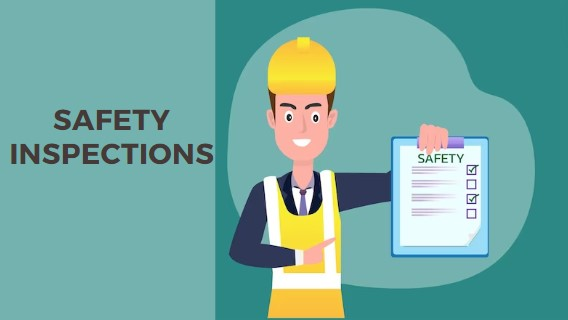
Safety is paramount in any workplace, and preventative maintenance plays a crucial role in enhancing workplace safety. Regular inspections and maintenance tasks help identify and address safety hazards, such as faulty equipment, worn-out components, or potential sources of accidents. By maintaining equipment in optimal condition, businesses can create a safer work environment for employees, reduce the risk of injuries or accidents, and comply with regulatory standards. Enhanced workplace safety not only protects employees but also contributes to overall productivity and morale.
Understanding "Reactive" vs. "Preventive" Maintenance
In maintenance management, two primary approaches exist: reactive maintenance and preventive maintenance. Understanding the key differences between these approaches is essential for optimizing asset management and operational efficiency.
Key Differences and Impact on Operations
Reactive Maintenance: Reactive maintenance, as the name suggests, involves responding to equipment failures and issues as they occur. Instead of proactively scheduling maintenance tasks, organizations wait until a problem arises before taking action. While this approach may seem cost-effective in the short term, as maintenance is only performed when necessary, it often leads to higher costs and disruptions in the long run. Equipment failures can result in unplanned downtime, production delays, and emergency repairs, all of which can impact productivity, profitability, and customer satisfaction.
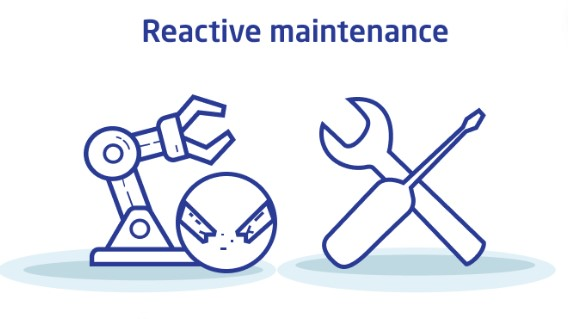
Preventive Maintenance: On the other hand, preventive maintenance focuses on proactively identifying and addressing potential issues before they escalate into major problems. This approach involves scheduling regular inspections, servicing, and upkeep tasks based on predefined intervals or equipment conditions. By conducting maintenance tasks systematically, organizations can detect and resolve issues early on, minimizing the risk of equipment failures and optimizing asset performance. Preventive maintenance helps reduce downtime, extend asset lifespan, and lower maintenance costs over time. It also fosters a culture of reliability, safety, and efficiency within the organization.
Impact on Operations: The choice between reactive and preventive maintenance has a significant impact on operations. While reactive maintenance may seem like a cost-saving measure initially, it often results in higher long-term costs and operational disruptions. Preventive maintenance, on the other hand, offers numerous benefits, including increased asset reliability, reduced downtime, and improved productivity. By implementing an effective preventive maintenance program, organizations can enhance operational efficiency, minimize risks, and achieve sustainable success in today's competitive business environment.
Steps to Build a Robust Preventive Maintenance Program
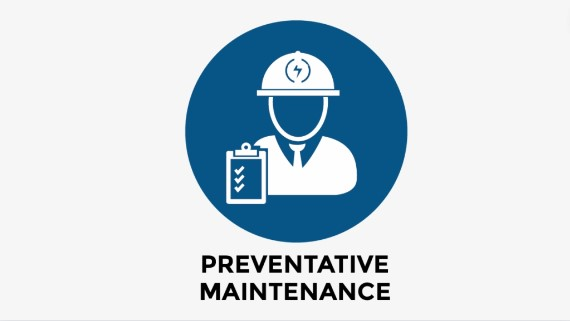
Identify Your Maintenance Needs - Begin by assessing your organization's maintenance needs. Identify critical assets, equipment, and systems that require preventive maintenance to ensure optimal performance and reliability. Consider factors such as equipment age, usage patterns, and historical maintenance records to prioritize maintenance efforts effectively.
Set Performance Targets - Define clear performance targets for your preventive maintenance program. These targets should align with your overall business objectives and include metrics such as equipment uptime, maintenance costs, and reliability measures. Setting specific, measurable goals provides a benchmark for evaluating the success of your maintenance program and driving continuous improvement.
Create a Maintenance Schedule - Develop a comprehensive maintenance schedule outlining the frequency and scope of preventive maintenance tasks for each asset. Consider factors such as equipment criticality, production schedules, and resource availability when scheduling maintenance activities. A well-planned maintenance schedule helps ensure that maintenance tasks are completed on time and that equipment downtime is minimized.
Leverage the Right Technology (CMMS) - Invest in a Computerized Maintenance Management System (CMMS) to streamline maintenance operations and enhance program effectiveness. A CMMS enables you to track maintenance tasks, schedule work orders, manage spare parts inventory, and generate performance reports. By leveraging CMMS technology, you can optimize asset management, improve maintenance efficiency, and make data-driven decisions to drive program success.
Train Your Maintenance Team
Provide comprehensive training and ongoing support to your maintenance technician to ensure they have the skills and knowledge required to execute preventive maintenance tasks effectively. Training should cover equipment operation, maintenance procedures, safety protocols, and CMMS usage. Empowering your maintenance team with the necessary tools and expertise is essential for maximizing program effectiveness and minimizing risks.

Establish Maintenance Procedures
Develop standardized preventive maintenance checklist and protocols for conducting preventive maintenance tasks. Clearly document step-by-step instructions, safety precautions, and quality standards to ensure consistency and reliability in preventive maintenance schedule. Standardized procedures help reduce errors, improve efficiency, and enhance overall program performance.
Monitor and Improve Your Program
Regularly monitor key performance indicators (KPIs) and performance metrics to assess the effectiveness of your preventive maintenance program. Identify areas for improvement, address any issues or bottlenecks, and implement corrective actions as needed. Continuously review and refine your maintenance strategies to optimize program performance, adapt to changing needs, and drive ongoing success.
Conclusion
Implementing preventive maintenance program is essential for maximizing asset reliability, minimizing downtime, and reducing maintenance costs. By following the steps outlined above to identify maintenance needs, set performance targets, create a maintenance schedule, leverage technology, train the maintenance team, establish procedures, and monitor and improve the program, organizations can optimize their maintenance efforts and achieve long-term success.
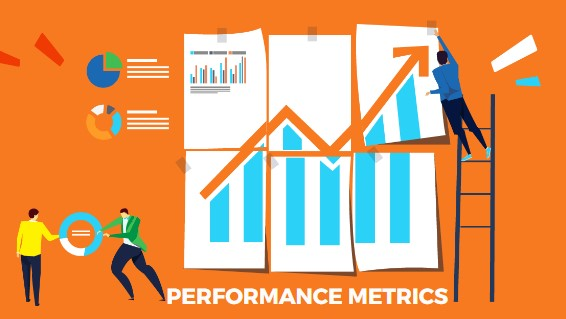
With proactive maintenance strategies in place, businesses can enhance operational efficiency, ensure equipment reliability, and ultimately, drive sustainable growth and competitiveness in today's dynamic business landscape.